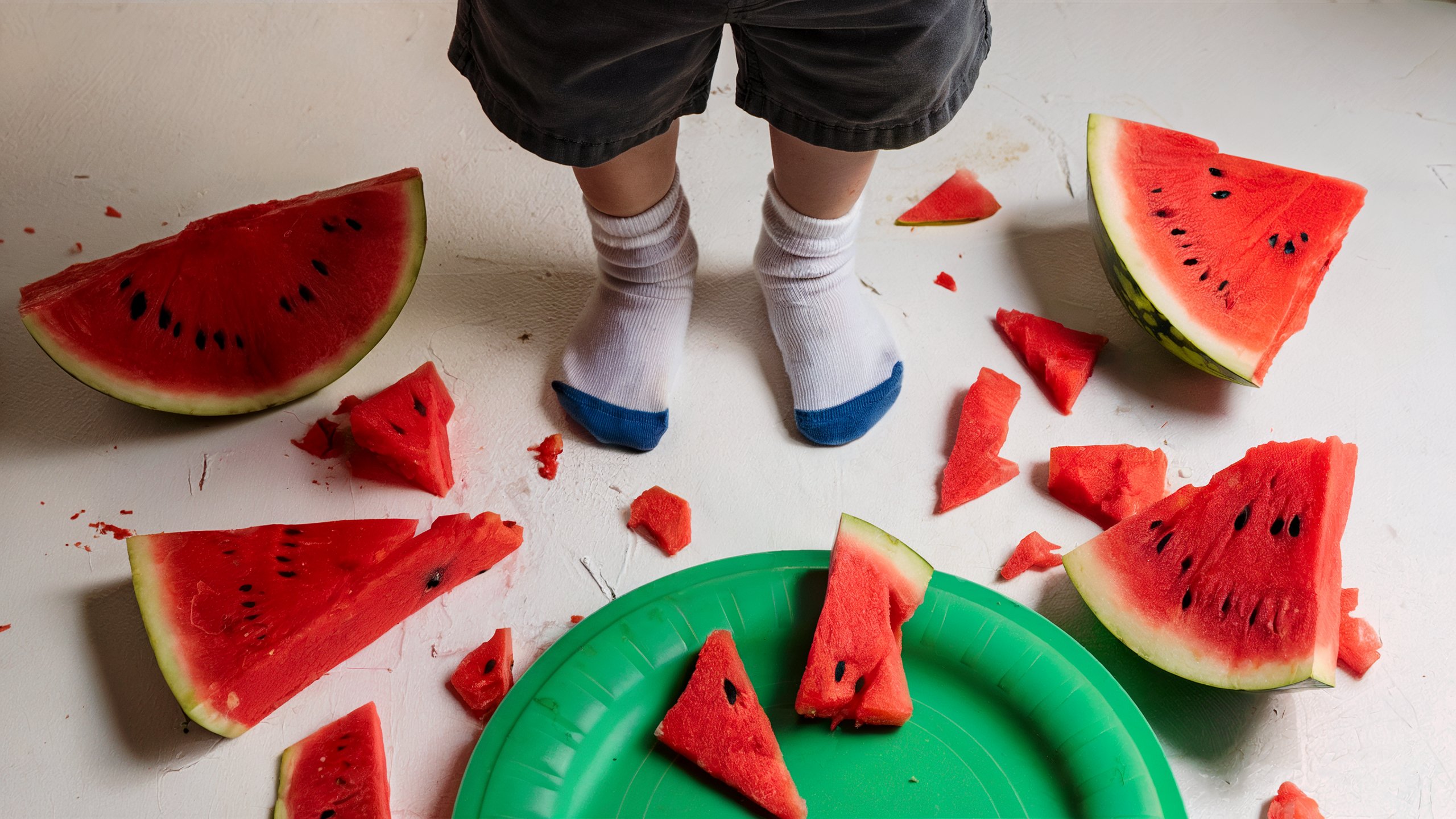
Clumsiness in Children: Could It Be Due to Unintegrated Archaic Reflexes?
Knocking over objects unintentionally, behaving awkwardly, and lacking coordination can be significant challenges for children. While it might seem like a simple matter of clumsiness, there is often a deeper connection between physical awkwardness and the lack of integration of archaic reflexes.
What are Archaic Reflexes?
Archaic reflexes, also known as primitive reflexes, are involuntary and automatic movements that babies perform from as early as in the womb. These reflexes are essential for the development of the nervous system and are responsible for laying important foundations for later motor, sensory, emotional, and cognitive skills.
Some examples of archaic reflexes include:
The palmar grasp reflex (Robinson’s reflex), where the baby instinctively grasps an object placed in its hand.
The Moro reflex, a startle response that involves spreading the arms and legs out and then bringing them back together in response to a sudden noise or sensation of falling.
The tonic asymmetrical neck reflex (ATNR), which is triggered when the baby’s head is turned to one side, causing the arm and leg on the same side to extend and the limbs on the opposite side to flex.
The Importance of Archaic Reflex Integration
Normally, these archaic reflexes integrate into the first few years of a child’s life, meaning they are inhibited as the central nervous system develops. However, in some children, these reflexes may persist beyond the normal age (around 4 years old). This can be due to various factors, including birth trauma, sensory processing difficulties, a lack of movement, a lack of affection and security, developmental disorders, or early experiences of stress.
When Archaic Reflexes Don’t Integrate
When archaic reflexes are not properly integrated, it can have a significant impact on an individual’s development. If these reflexes remain active, they can interfere with voluntary movements, coordination, and other aspects of development. For example, a child with a persistent ATNR may have difficulty coordinating the movements of their upper and lower limbs, which can manifest as physical awkwardness and coordination problems.
Children who experience physical clumsiness may be more likely to withdraw from social or sporting activities, which can affect their self-esteem and emotional well-being. It is therefore important to take this issue seriously.
Interventions and Support
Fortunately, there are interventions that can help with the integration of archaic reflexes and improve physical coordination. Professionals specializing in this area work with the child through various rhythmic movements and exercises that allow the body to function in a contralateral manner (the left side working with the right side).
In conclusion, physical awkwardness can be closely linked to the lack of integration of archaic reflexes and can impact a child’s well-being. However, with appropriate support and specialized care, it is possible to improve the integration of archaic reflexes and promote more harmonious motor development.


